Japan, a country steeped in history and culture, boasts a diverse array of landmarks that captivate visitors from around the world. From the iconic silhouette of Mount Fuji to the modern marvel of the Tokyo Skytree, each landmark tells a unique story of Japan’s heritage and innovation.
In this article, we will explore Japan’s most famous landmarks, delving into their historical significance, cultural importance, and offering tips for travelers seeking to experience these incredible sites firsthand.
1. Mount Fuji

Mount Fuji, or Fuji-san, is Japan’s highest peak and an iconic symbol of the country. It’s a perfectly symmetrical volcanic cone.
- Historical and Cultural Significance: Considered sacred, Fuji has inspired artists, poets, and pilgrims for centuries.
- Tips for Visiting: Climbing is popular from July to September. Alternatively, admire the view from the Fuji Five Lakes.
- Fun Fact: Mount Fuji has been depicted in countless ukiyo-e woodblock prints.
2. Tokyo Skytree
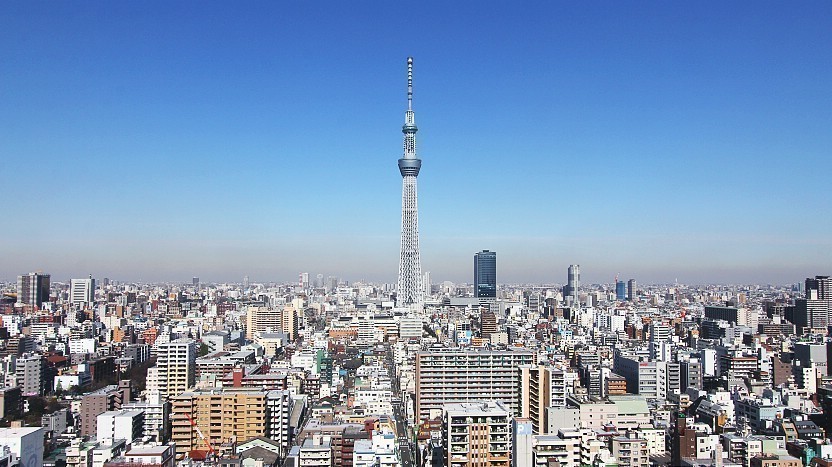
The Tokyo Skytree is a futuristic broadcasting and observation tower, one of the tallest freestanding towers globally, located in Sumida, Tokyo.
- Historical and Cultural Significance: It represents Tokyo’s modern skyline and offers spectacular panoramic views.
- Tips for Visiting: Visit at sunset or nightfall for breathtaking cityscapes. Consider the glass-floored Tembo Galleria.
- Fun Fact: The tower’s design draws inspiration from traditional Japanese architecture.
3. Kiyomizu-dera Temple
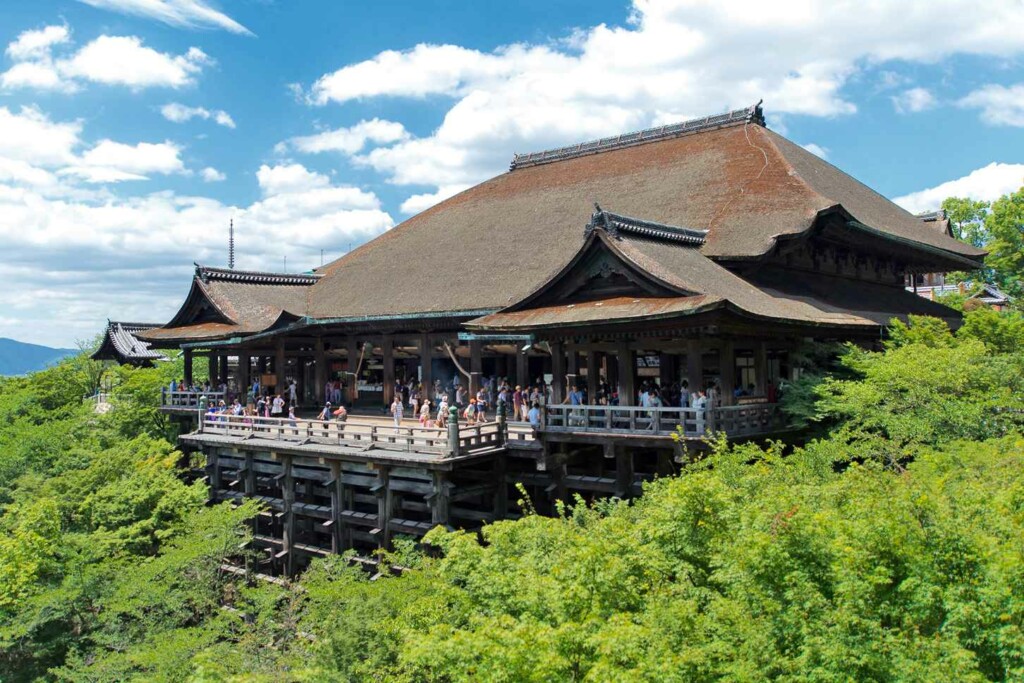
Kiyomizu-dera, in Kyoto, is a historic wooden temple renowned for its stunning wooden stage that extends over a cliff.
- Historical and Cultural Significance: A UNESCO World Heritage Site, it represents classical Japanese architecture and Buddhism.
- Tips for Visiting: Spring and autumn are ideal for cherry blossoms and fall foliage. Enjoy the “love stone” for romantic fortunes.
- Fun Fact: Kiyomizu means “pure water,” derived from the Otawa Waterfall within the temple grounds.
4. Fushimi Inari-taisha Shrine
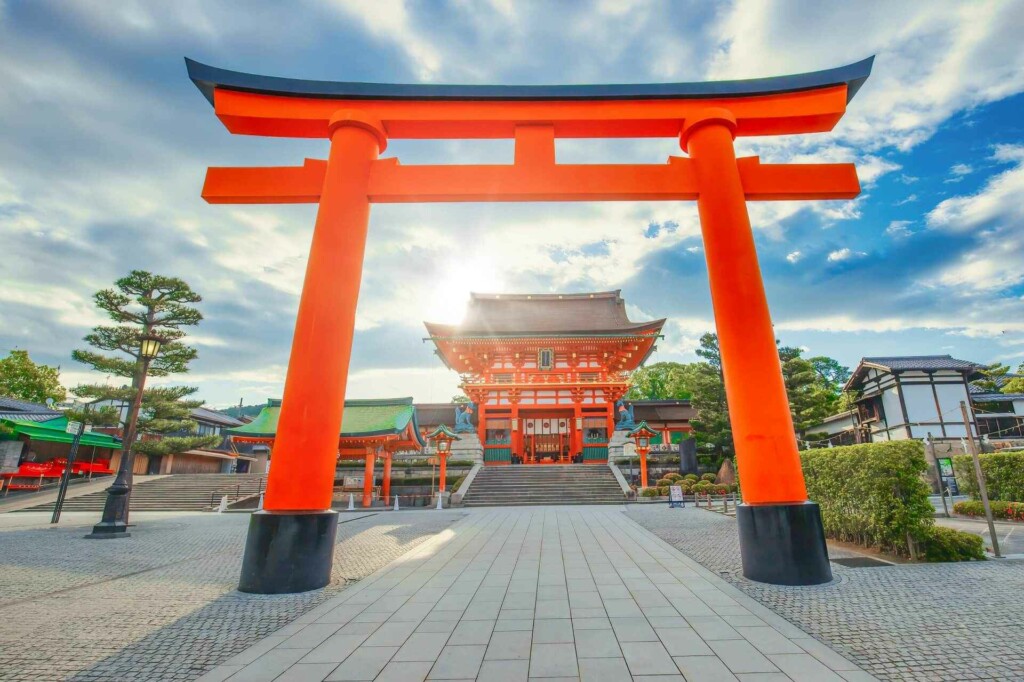
Located in Kyoto, this Shinto shrine is famous for its thousands of vermilion torii gates that form tunnels along the trails.
- Historical and Cultural Significance: Dedicated to Inari, the fox deity, it symbolizes good fortune, business success, and prosperity.
- Tips for Visiting: Start the hike early to avoid crowds, and explore the intricate network of paths.
- Fun Fact: The shrine’s fox statues often carry symbolic items like keys to the rice granary.
5. Kinkaku-ji Temple (Golden Pavilion)

Kinkaku-ji in Kyoto is a Zen Buddhist temple covered in gold leaf, reflecting in the serene Mirror Pond.
- Historical and Cultural Significance: It was once a shogun’s retirement villa and now serves as a UNESCO heritage site.
- Tips for Visiting: Best enjoyed in the morning light. Discover the surrounding gardens, too.
- Fun Fact: Kinkaku-ji’s top two stories are coated in pure gold leaf.
6. Imperial Palace
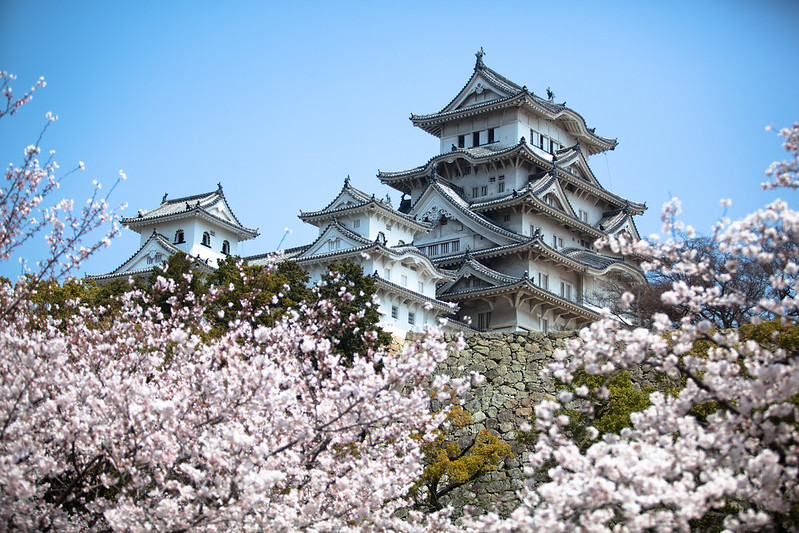
Situated in Tokyo, the Imperial Palace is the primary residence of the Emperor of Japan, set within beautiful East Gardens.
- Historical and Cultural Significance: The palace complex preserves Japan’s imperial history and architectural heritage.
- Tips for Visiting: Public access is limited, but the East Gardens are open to visitors.
- Fun Fact: The palace area was once the site of Edo Castle, the Tokugawa shogunate’s main fortress.
7. Hiroshima Peace Memorial Park
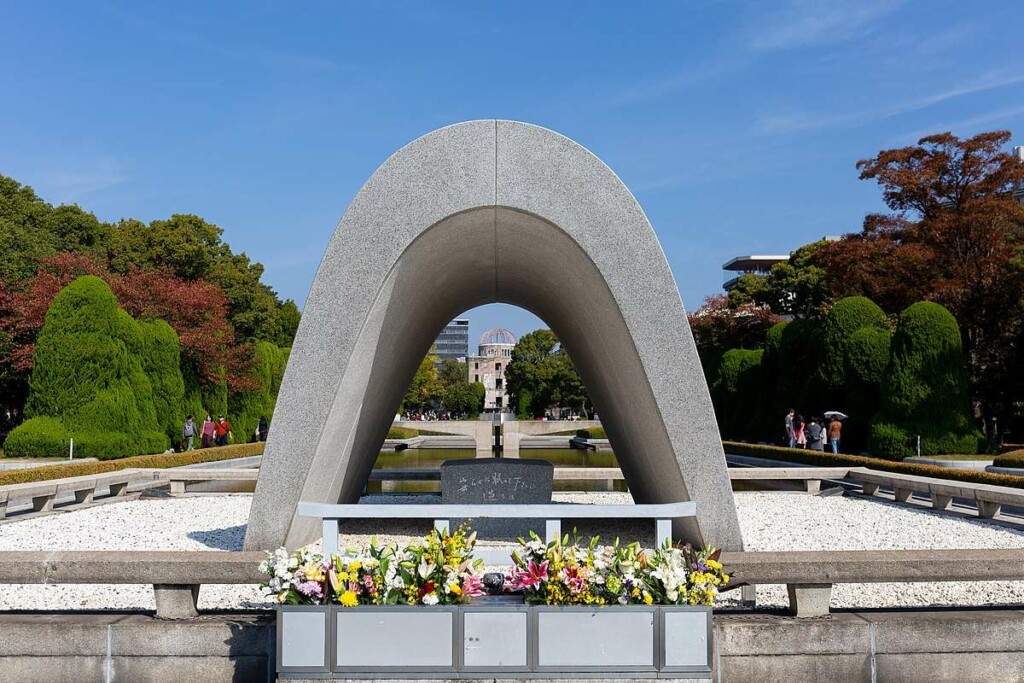
Located in Hiroshima, this park includes the Atomic Bomb Dome and monuments dedicated to the city’s atomic bombing in 1945.
- Historical and Cultural Significance: A powerful symbol of peace, it reminds the world of the consequences of nuclear warfare.
- Tips for Visiting: Reflect at the Memorial Cenotaph and visit the Hiroshima Peace Memorial Museum.
- Fun Fact: The Atomic Bomb Dome is a UNESCO World Heritage Site and a haunting reminder of the past.
8. Osaka Castle
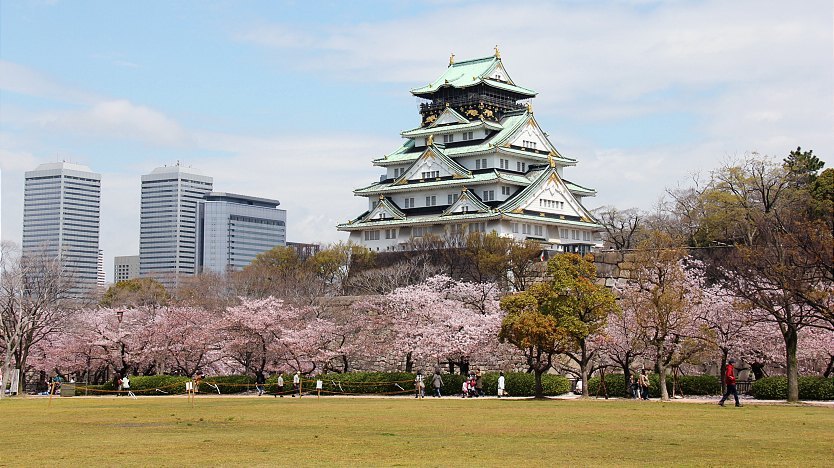
Osaka Castle, a historic fortress, stands amidst lush gardens in Osaka. Its architecture is reminiscent of Japan’s feudal era.
- Historical and Cultural Significance: It played a vital role in the unification of Japan and represents resilience.
- Tips for Visiting: Explore the castle’s museum to learn about its history, and enjoy cherry blossoms in spring.
- Fun Fact: The castle’s central keep offers panoramic views of Osaka.
9. Nara Park
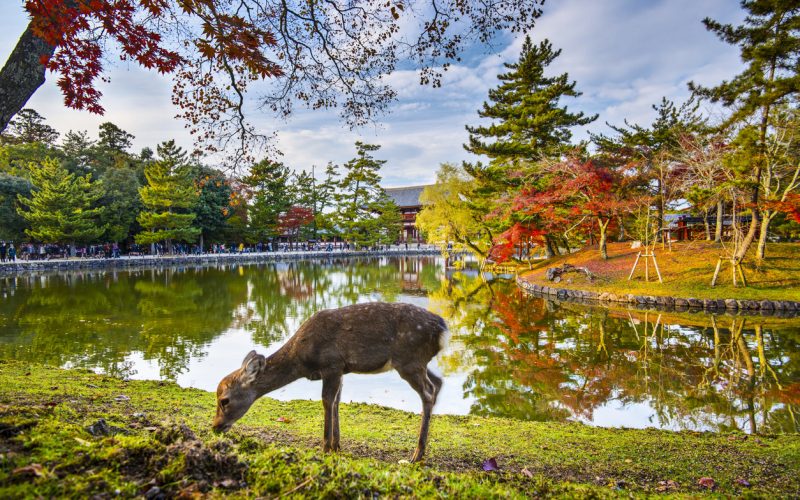
Nara Park, near Nara’s temples, is home to hundreds of freely roaming sacred deer, considered messengers of the gods.
- Historical and Cultural Significance: The deer are protected as national treasures and are beloved symbols of Nara.
- Tips for Visiting: Buy deer crackers to feed the friendly residents and explore the nearby temples.
- Fun Fact: Deer bow to visitors as a sign of respect when offered food.
10. Sensō-ji Temple
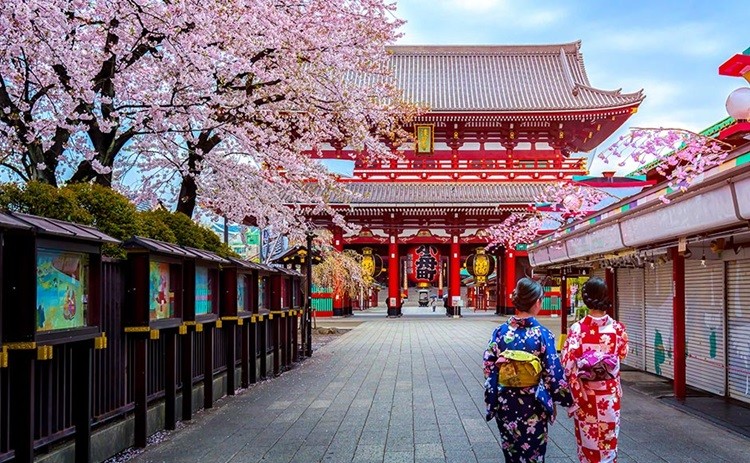
Located in Tokyo’s Asakusa district, Sensō-ji is Tokyo’s oldest temple and a vibrant center of Buddhist culture.
- Historical and Cultural Significance: It’s dedicated to Kannon, the goddess of mercy, and features a bustling market street.
- Tips for Visiting: Experience traditional rituals, shop for souvenirs on Nakamise Street, and visit during festivals.
- Fun Fact: The temple’s Thunder Gate features two formidable deities, Fujin and Raijin.
Japan’s famous landmarks are a testament to the nation’s rich history, spirituality, and innovation. Whether you’re admiring the tranquility of Kinkaku-ji or contemplating peace at Hiroshima’s memorial park, each landmark offers a unique window into Japan’s diverse cultural tapestry.
Exploring these sites not only provides insight into Japan’s past but also celebrates its enduring legacy in the modern world.





Does Red Bull Support Israel? Decoding the Unraveled Connection
Companies That Support Israel: A List to Avoid
Fast Food Chains Aligned with Israel Support
Boycott List: Fashion Companies Supporting Israel You Should Be Aware Of
Does These Firearms Support Israel? Exploring the Unraveled Connection
Does These Tech Brands Support Israel? Decoding the Unraveled Connection
Does These Filmography Support Israel? Understanding the Intricate Ties
Does These Online Business Support Israel? Exploring the Unraveled Connection